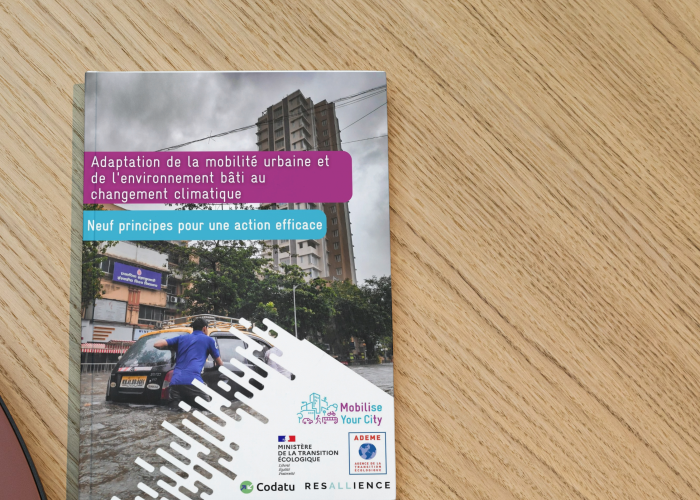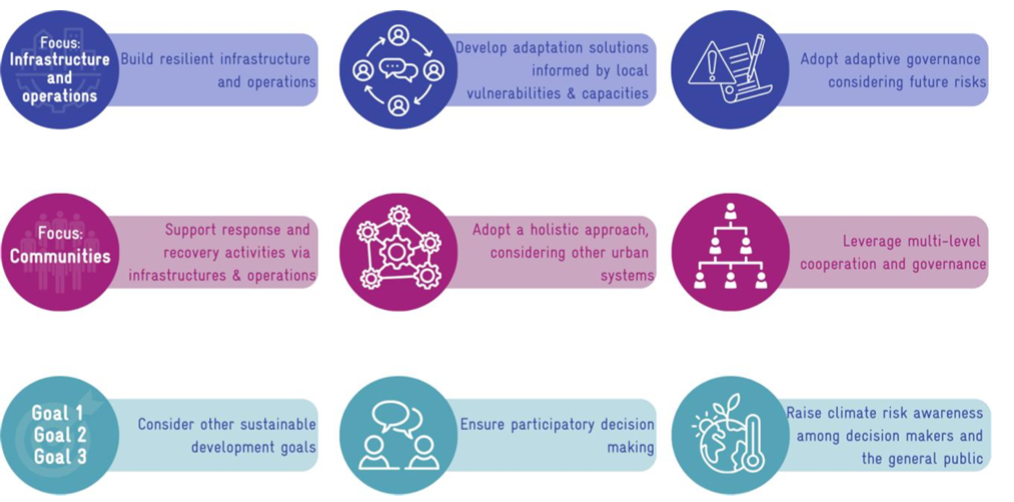Nine Principles to Adapt Urban Mobility for a Changing Climate

How can urban mobility systems not only survive but thrive amid heatwaves, floods, and climate uncertainty? MobiliseYourCity’s new publication - Adaptation of urban mobility and the built environment to climate change - Nine principles for effective adaptation- offers a strategic framework to build cities that are ready for tomorrow’s climate.
This short yet impactful guide is designed for local authorities, urban planners, and development practitioners seeking to align transport and infrastructure planning with the realities of a warming world.
The Nine Principles at a Glance

The publication is enriched with seven real-world case studies that bring the principles to life. Each case highlights how cities in both developing and developed countries are already applying the nine principles to reduce vulnerability and protect communities. In the guide, you will find an extensive explanation of how each principle has been tailored for the specific context where it has been applied.
From a broader perspective, here’s an overview of the nine principles.
- Build resilient infrastructures and operations
Design transport systems to withstand climate shocks and recover quickly. This includes relocating assets from risk zones, reinforcing standards, and implementing monitoring systems. - Support response and recovery via infrastructure and operations
Equip transport and urban infrastructure to assist in emergency response- facilitating evacuation, rescue, and continuity of services during and after disasters. - Consider other sustainable development goals
Align climate adaptation with broader goals like biodiversity conservation, air quality improvement, and social equity, particularly through nature-based solutions. - Develop locally informed solutions
Tailor adaptation strategies to specific local contexts, leveraging community knowledge and urban vulnerabilities to ensure targeted and effective responses. - Adopt a holistic, cross-sectoral approach
Acknowledge interdependencies between systems like transport, energy, drainage, and communications. Strengthen coordination to avoid cascading failures. - Ensure participatory decision-making
Engage vulnerable and underrepresented communities in the planning and implementation process to create inclusive and socially just adaptation strategies. - Adopt adaptive governance for future risks
Create governance structures that evolve with new climate data and integrate learning mechanisms for continuous policy improvement. - Leverage multi-level governance and cooperation
Align local efforts with regional and national climate strategies and foster peer-to-peer learning across cities to share best practices and avoid maladaptation. - Raise climate risk awareness
Equip citizens, planners, and decision-makers with the knowledge and tools to understand and act on climate risks through education, outreach, and engagement.
Discover them in detail by downloading the publication here:
Nine Principles for Effective Adaptation